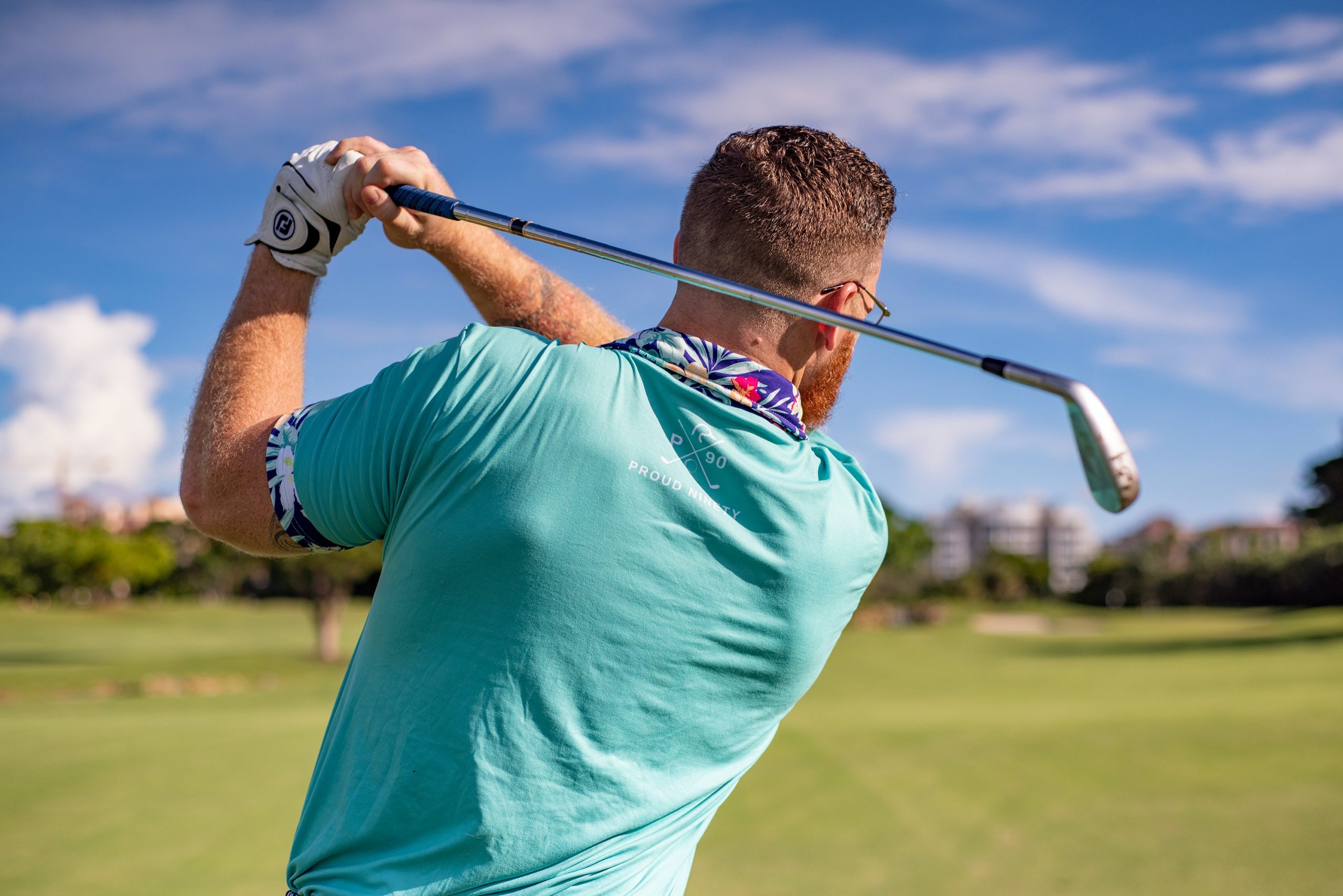OA Corner Part 4: Understanding bifocals

Bifocal lenses can be tailored for specific sports
Although bifocals have become less popular over recent years, there are sometimes occasions when they are the best option. This month, we will look at some of their qualities.
Bifocals consist of two prescriptions: traditionally distance at the top of the lens and reading at the bottom. Sometimes they can be useful as an occupational lens design, for example, with intermediate in the top part of the lens to focus on a computer screen, and a closer reading area at the bottom of the lens.
Bifocals come in different shapes and sizes, ranging from an e-line bifocal that occupies the entire width of the lens, to a small round 15mm segment.
When considering a frame for a bifocal wearer, you should ensure there is sufficient depth to accommodate both the distance and reading areas. Very shallow frames should be avoided.
Bifocals provide a full width, stable distance area – and a dedicated reading area that can be tailored in size and depth to the requirements of each patient. There is no peripheral swim effect associated with progressive power lenses, which is something some patients are unable to tolerate.
Bifocals are a good option when the patient does not have a specific intermediate requirement, for example, someone who likes to sit watching TV and knitting.
Bifocals are available in both plastic and glass. Some are available in high and mid index materials and others in photochromic materials. There are round segment and flat top bifocals, and different sizes of segment are available. The larger the segment, the larger the reading area, but this will reduce the available area for the distance portion.
The standard position for fitting a bifocal is to the lower limbus, but this can be varied depending on factors such as head posture; a patient with a very upright head posture will need the bifocal to be set lower than a patient with a stoop, for example.
Bifocal position can also be altered depending on occupation and hobbies, and can be task specific. For example, Norville make a 15mm round segment golf bifocal that is designed to be used in one eye only, set low, and positioned so that it does not interfere with the vision when playing a shot, but can be used to fill in a score card.
D seg bifocals have a straight top, which enables the full width of the reading area to be accessed as soon as the eye crosses the dividing line. Round seg bifocals tend to be less visible than flat tops, especially in the smaller diameters.
Round segment bifocals produce the most jump, which causes the image to displace and can cause problems for the wearer when going up and down steps and stairs as it is possible to miss a step. You should warn your patient of this effect. and advise them to tuck their chin into their chest when going up and down steps to avoid catching the dividing line.
In conclusion, there are advantages and disadvantages to bifocals – but they do have an important role to play in the correction of presbyopia.
Sue Deal FBDO R is a practising dispensing optician, ABDO College examiner, senior tutor and supervisor for dispensing opticians. She is also a practice visitor and external moderator for ABDO.